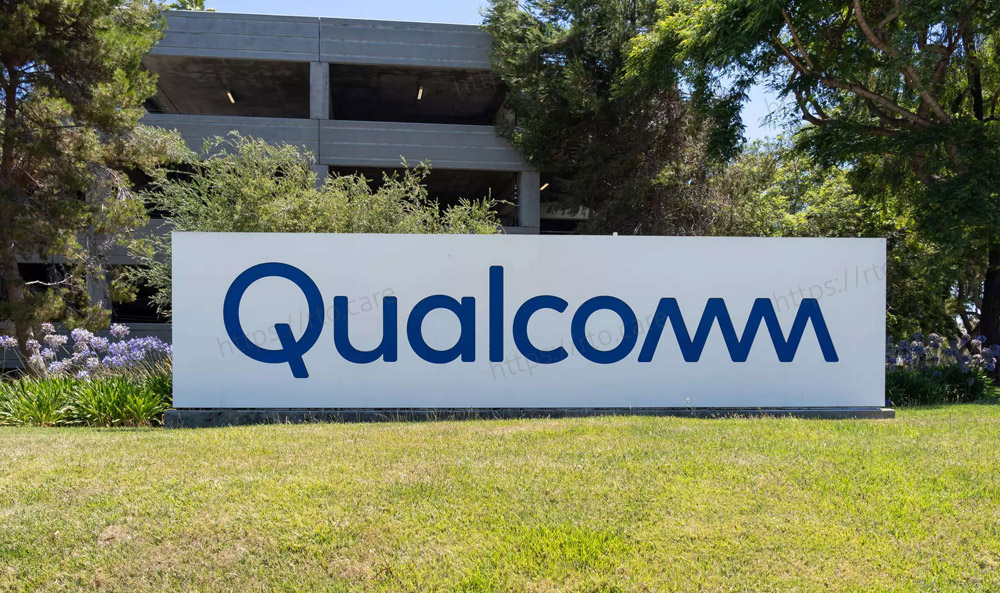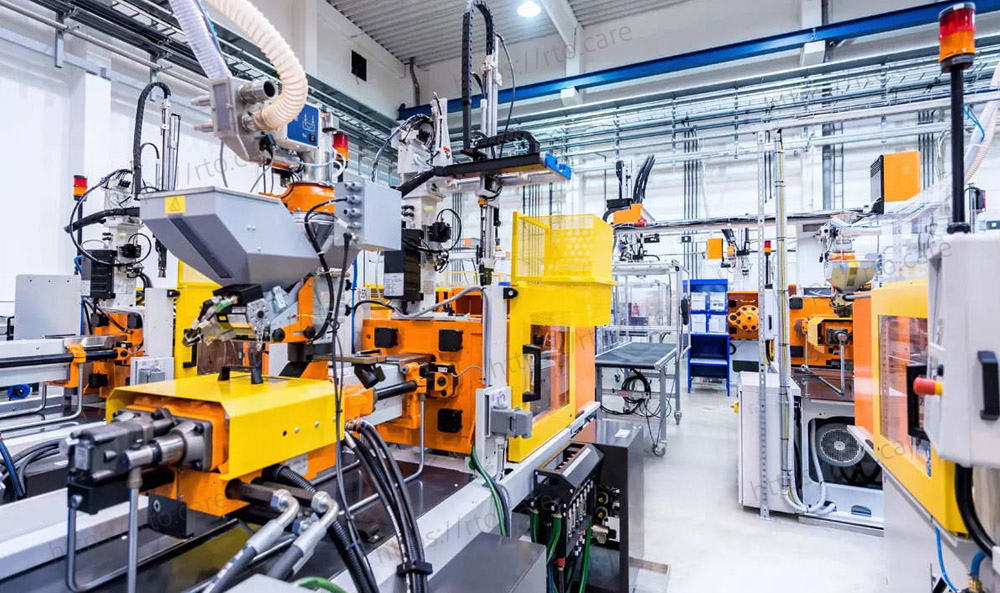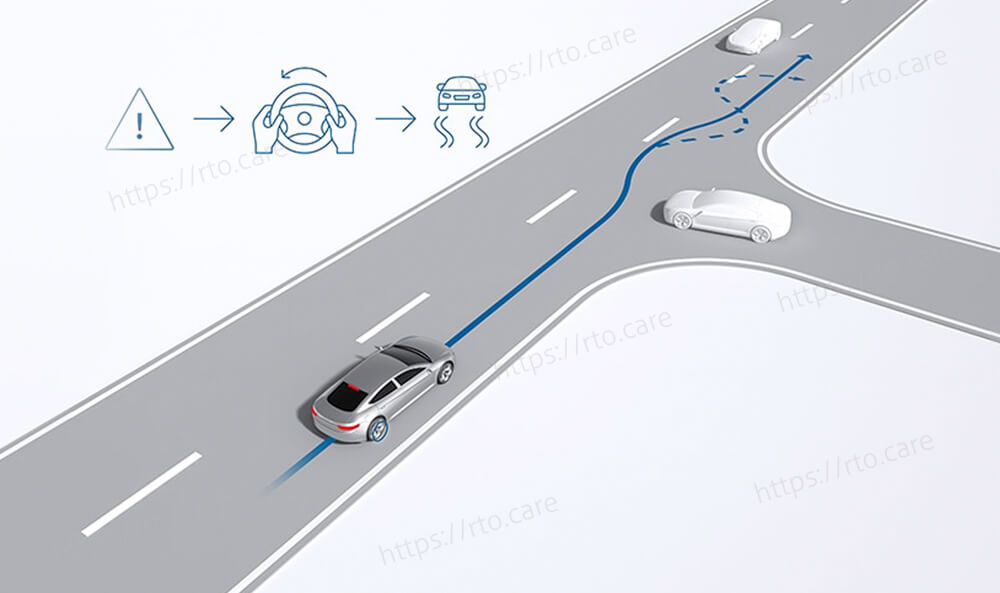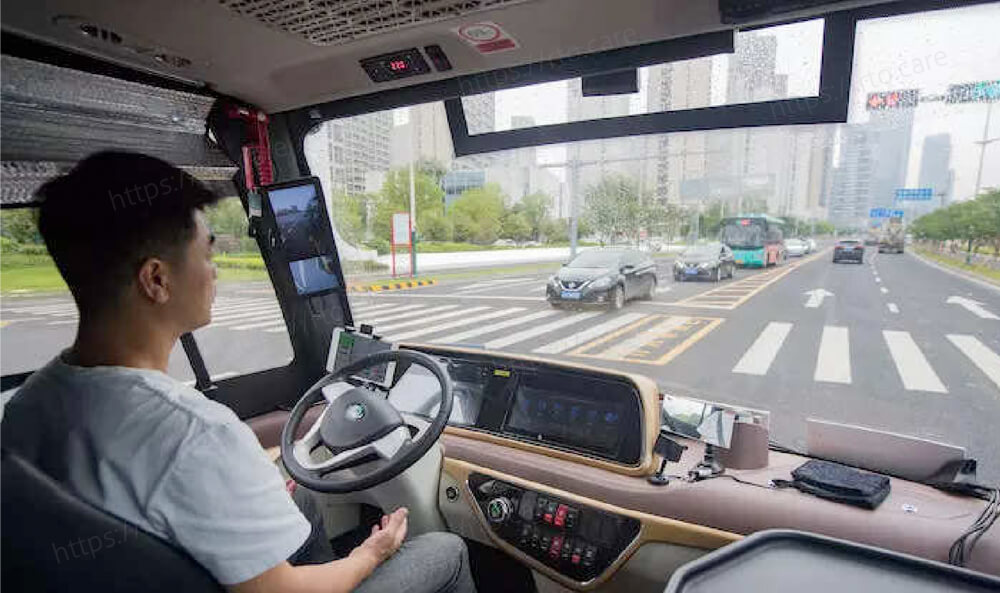At the Consumer Electronics Show (CES) 2023, Qualcomm Technologies will introduce a new System-on-Chip (SoC) to enable digital cockpit and Advanced Driver Assistance Systems (ADAS).
According to a statement from the manufacturer, the " 'Snapdragon Ride Flex SoC' enables mixed-criticality workloads, enabling for digital cockpit, ADAS, and Autonomous Driving (AD) features to be co-implemented on the same hardware."
With a hardware architecture to facilitate isolation, independence from interference, and Quality-of-Service (QoS) for certain ADAS operations, it is intended to enable the maximum degree of car safety.
The Snapdragon Ride Flex SoC family defines a new setpoint for high-performance, power-optimized mixed-criticality architectures, according to Nakul Duggal, senior vice president and general manager, automotive, Qualcomm Technologies. We continue to remain at the forefront of automotive compute innovation as we enter the era of Software Defined Vehicles, he added.
The firm also emphasised at the event the global momentum of many generations of the Snapdragon Ride Platform, which has enjoyed an accelerated adoption rate from major global automotive businesses that are rapidly building safe and updatable ADAS and AD solutions.
"We credit the strong relationships and partnerships we have with automakers and the Tier-1 ecosystem for the success of our Snapdragon Ride Platforms and look forward to our continued efforts to innovate together to advance the industry's efforts in delivering safe and secure ADAS and AD systems," Duggal said.
Additionally, Qualcomm revealed a collaboration with the carmaker Visteon to hasten the creation of a high-performance cockpit domain controller designed to enable global automakers to construct next-generation cockpits.
According to Sachin Lawande, president and CEO of Visteon, "the pairing of Visteon's SmartCore software and Snapdragon Cockpit Platforms will enable automakers to offer sophisticated features & functionalities in their next-generation cockpits swiftly with production programs slated for 2025."








